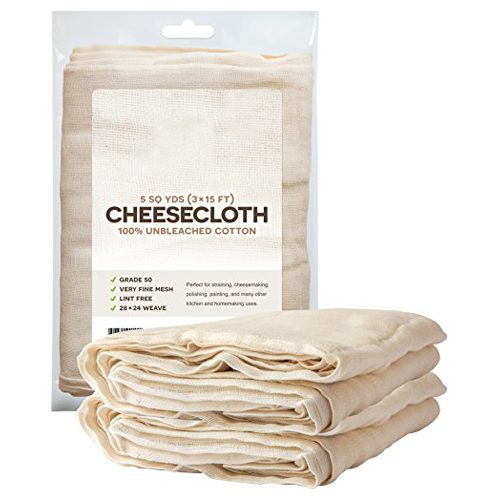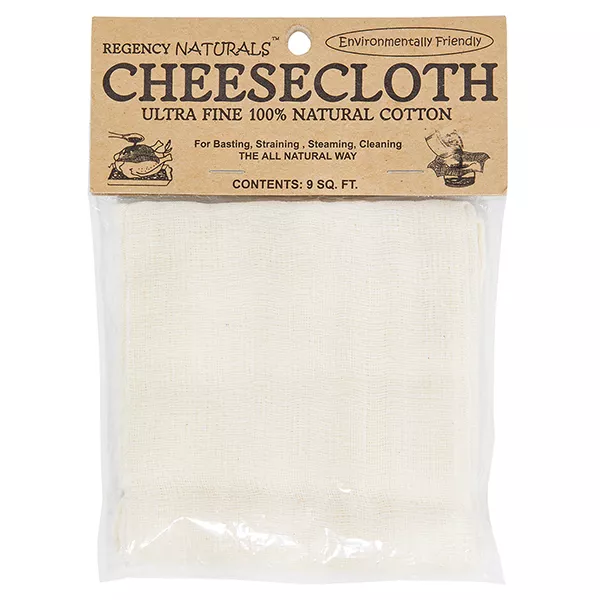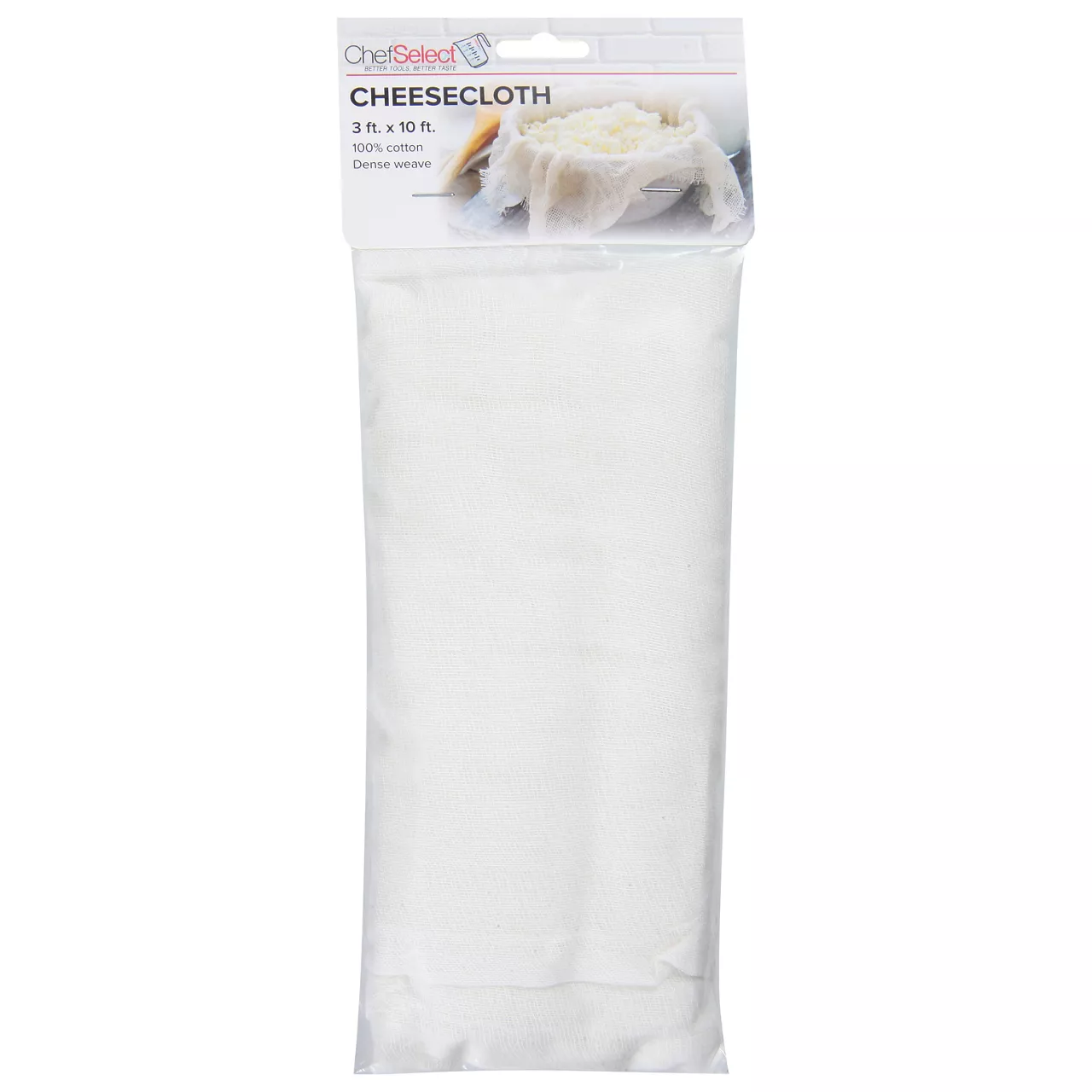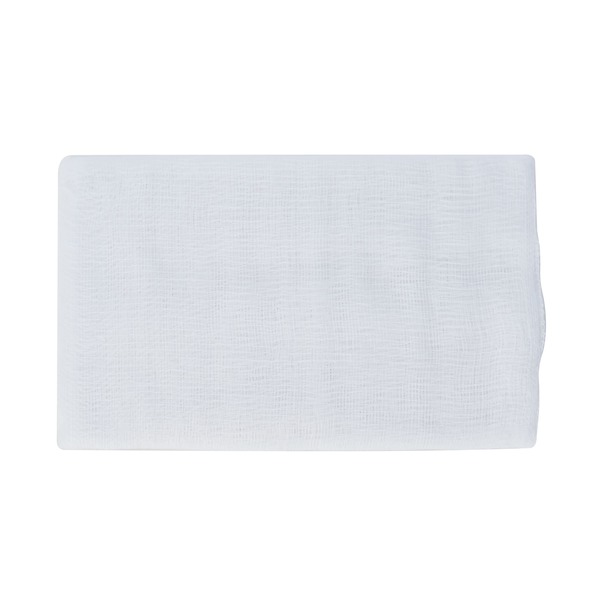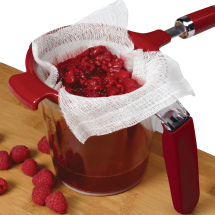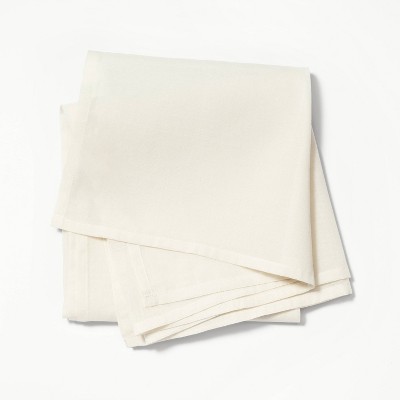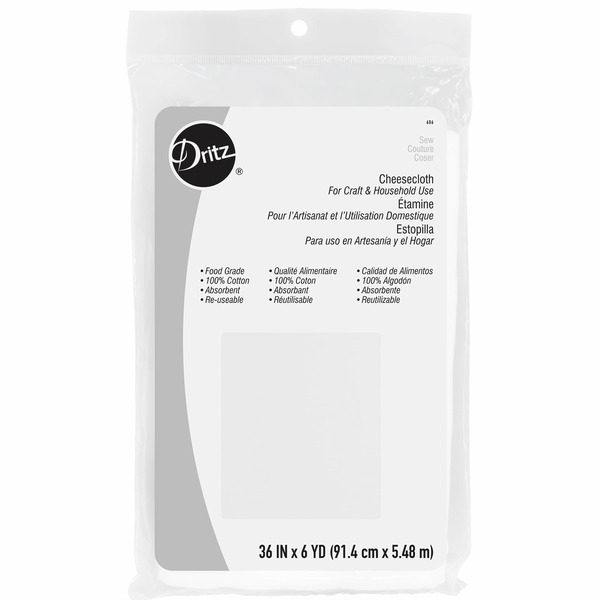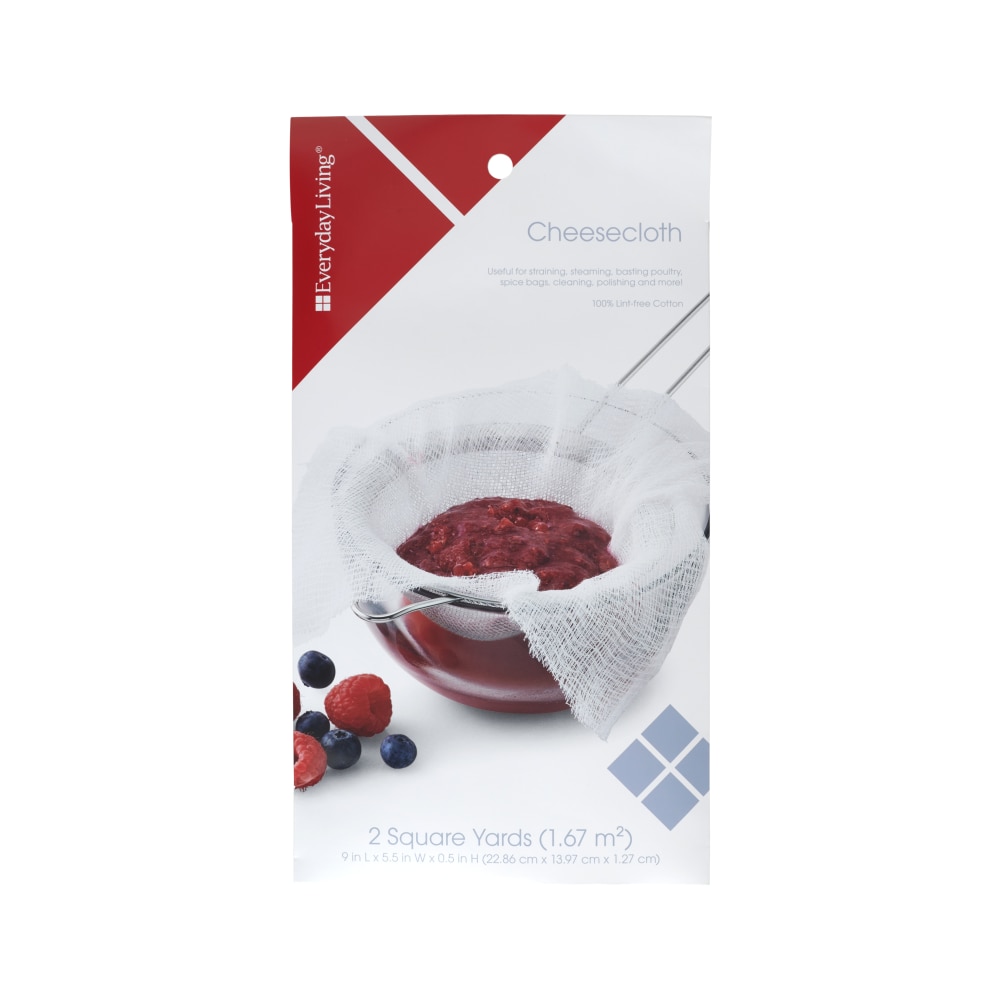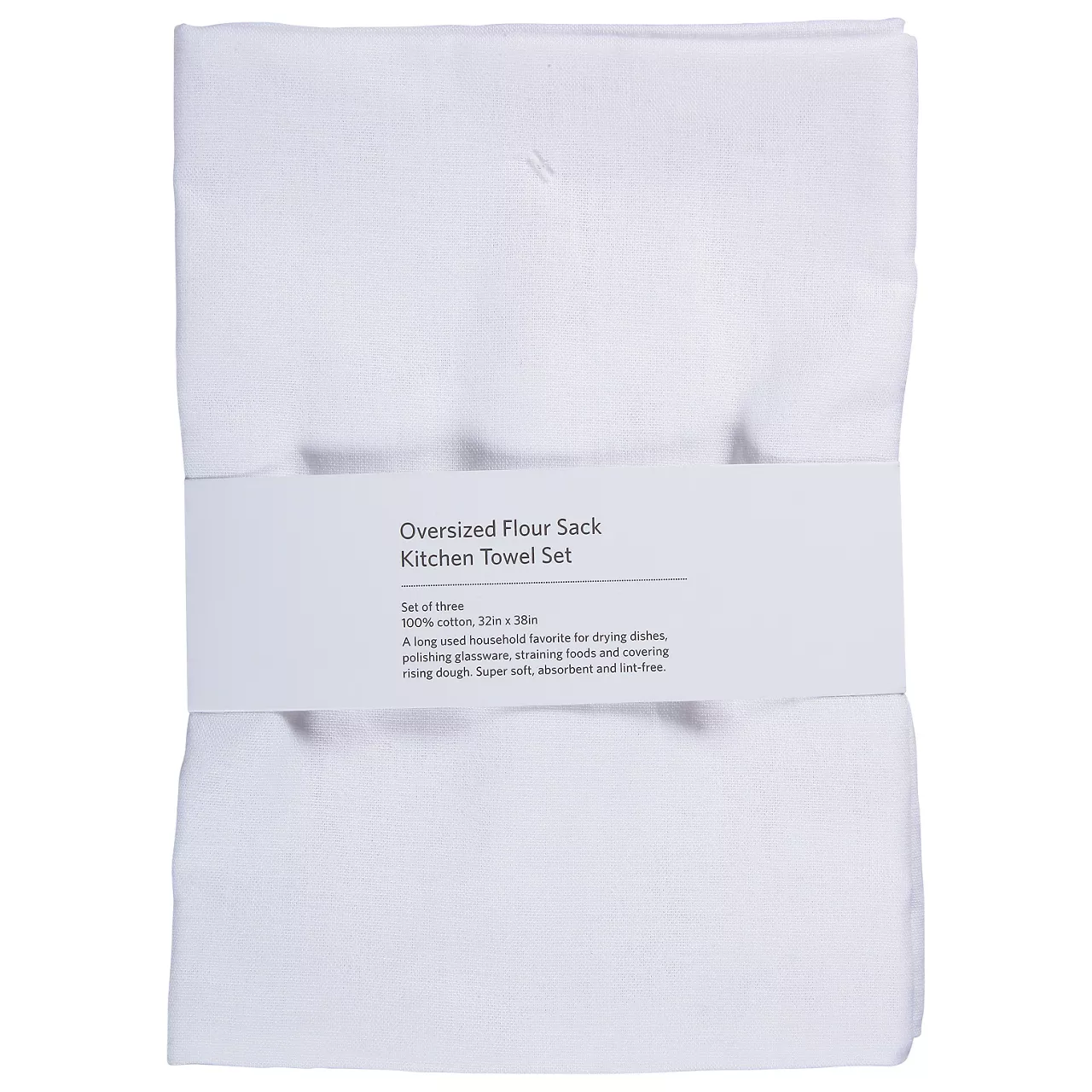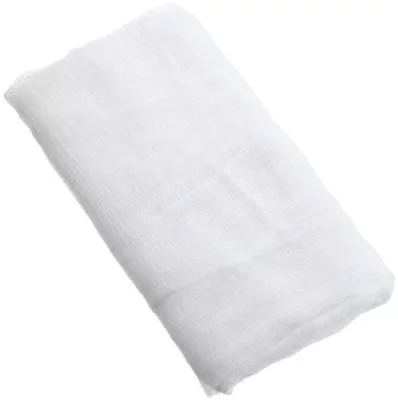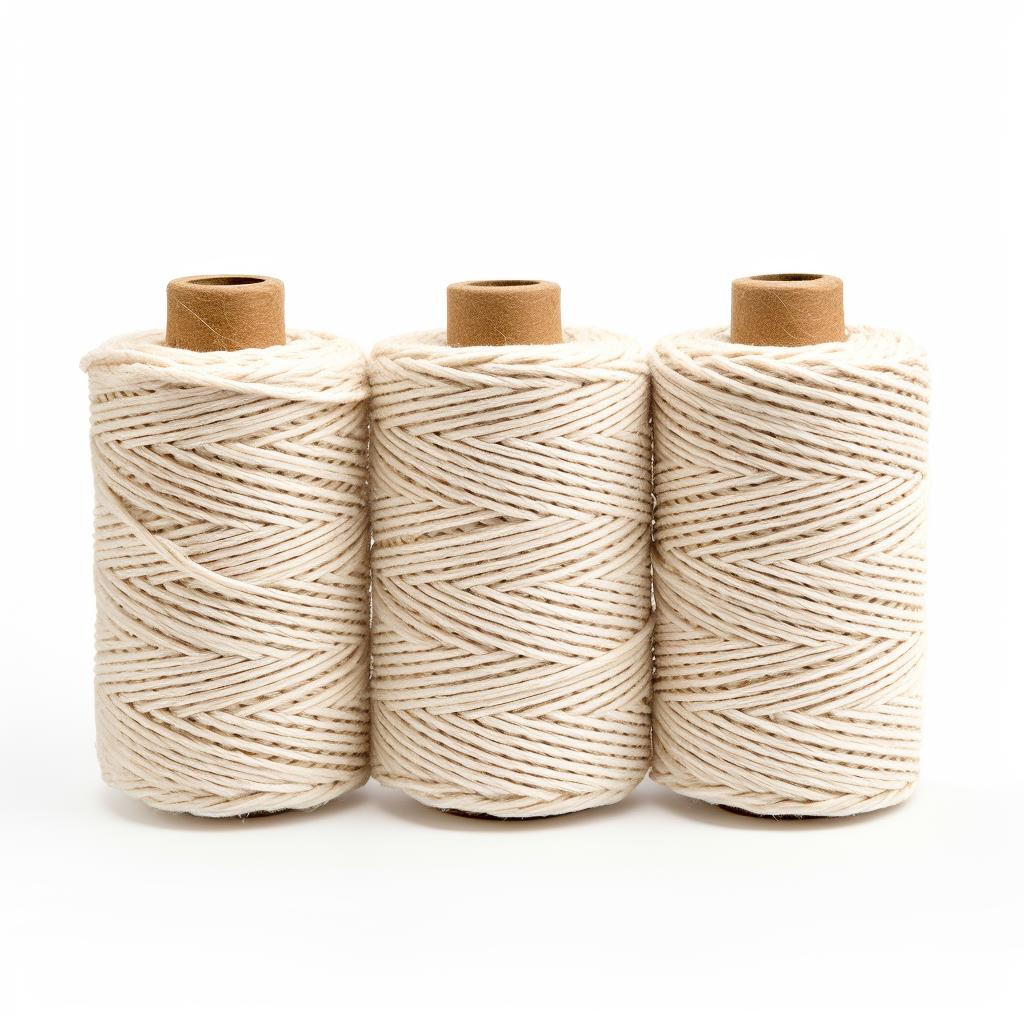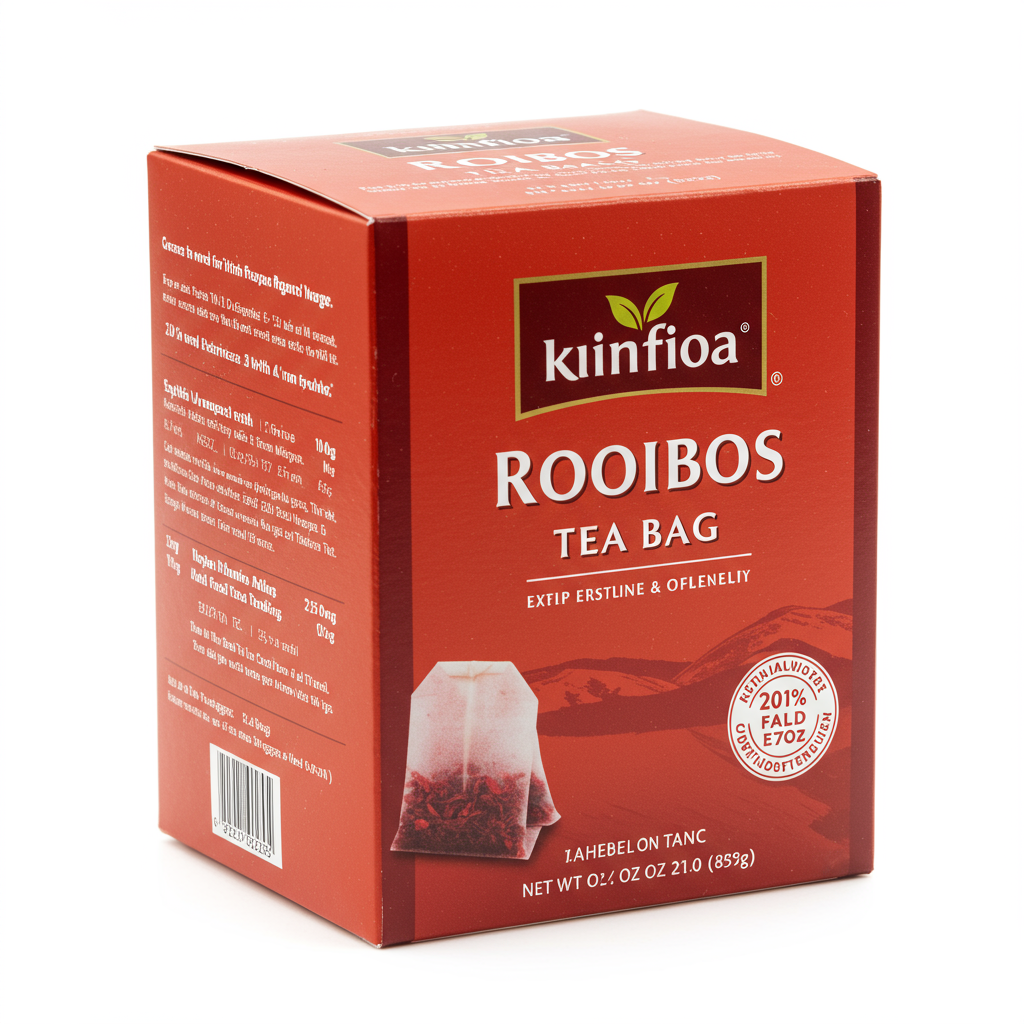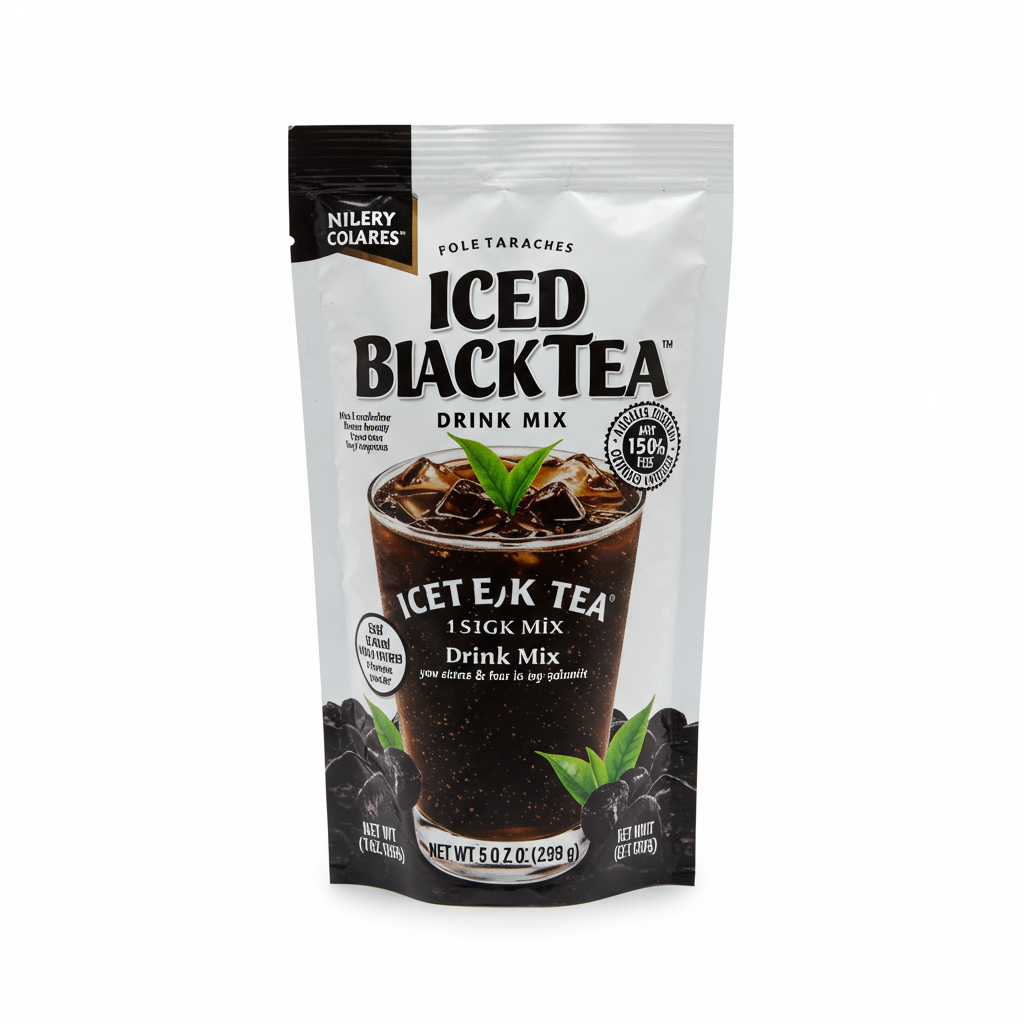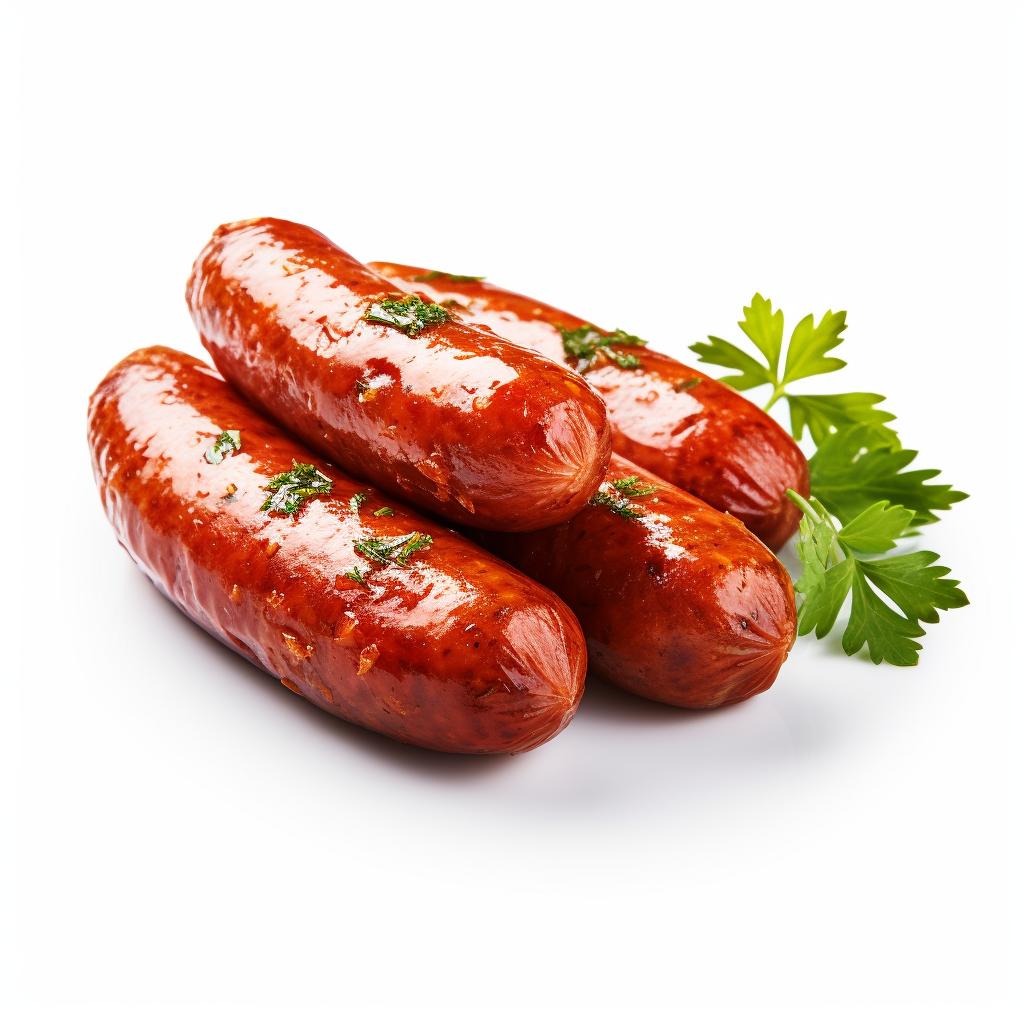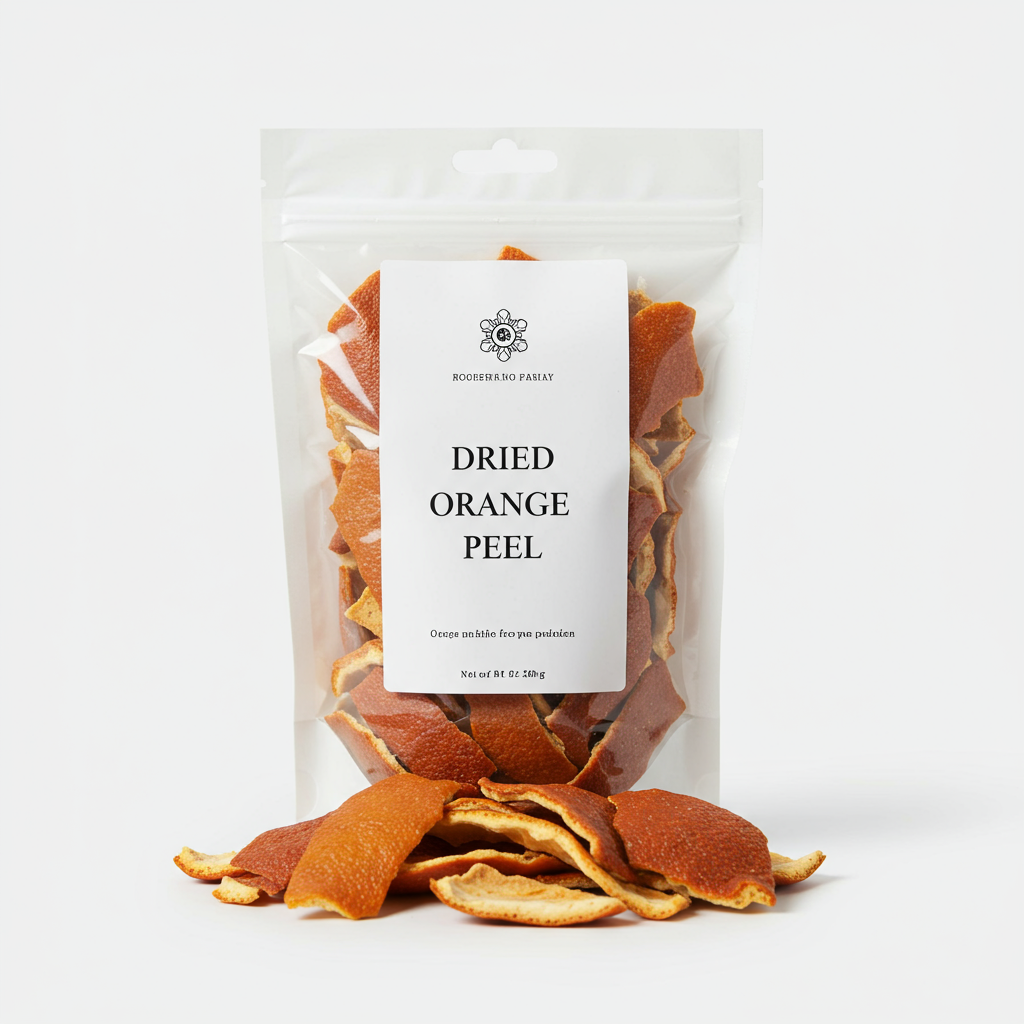Cheesecloth
Cheesecloth is a light, breathable and loosely-woven, gauze-like cotton cloth popularly used in various culinary applications. As the name suggests, one primary use for cheesecloth is in cheesemaking, particularly for draining liquids from soft cheeses and straining curds from whey. Available in various grades determined by the weave tightness, it can also be used for brewing, basting, and straining stocks and sauces.
In addition to its culinary uses, cheesecloth is a versatile item utilized in home and craft projects. Due to its soft texture and highly absorbent qualities, it's an essential tool for cleaning, dusting, and polishing. Cheesecloth can be easily cut and shaped to suit individual needs, making it a go-to item for home cooks and craft enthusiasts alike.
#2
IN KITCHEN & DINING
$1.25
AVG / OZ
235 Cheesecloth Products
Frontier Natural Products 221892 Cheesecloth, 100 percent Natural Cotton
Chef Select Cheesecloth
Farberware Cotton Canning Cheese Cloth, 2 square yards
Mainstays Cotton Canning Cheese Cloth, 4 Square Yards
Cheesecloth, 3 yds
36"x36" Cotton Cheesecloth (Washable) Off-White - Figmint: Multipurpose Strainer & Food Wrap
Dritz 606 Cheesecloth, Food Grade #10, 36-Inch x 6-Yards , White
Everyday Living® Cheesecloth
KAF Home Kitchen Towel Set, Oversized Flour Sack, White
GoodCook 2 sq. yd. 10-Weave Food-Grade and Heat-Safe Cotton Cheesecloth, White
Used In 1 Recipe
Cheesecloth Is Frequently Used With
Cheesecloth FAQ
Cooking with cheesecloth can sometimes be intimidating for newbies in the kitchen. Much of this intimidation comes from not knowing how to use it or fearing it might ruin their food. The reality is, cheesecloth is quite versatile and can be used in a multitude of dishes. Where most people go wrong with cheesecloth is not using the appropriate grade for their cooking task. An ultra-fine weave is perfect for straining stocks and sauces, while a loose weave works well for larger items like herbs or cheese curds.
Another tricky aspect is washing it after use. Many people throw away their cheesecloth after a single use, but if it's washed properly, you can reuse this valuable tool, saving money and waste. All you need to do is rinse it thoroughly after use, wash it with a mild detergent, then boil it for about 10 minutes, followed by air drying.
To get the most out of your cheesecloth, consider using it beyond kitchen tasks. Use it to add charm to your DIY home decor projects or use it for crafty gift wrapping, for polishing or dusting delicate items, or even for Halloween decoration.
As a little-known tip, if you find yourself without a cheesecloth, you can make a quick substitute using other common kitchen items. A fine mesh strainer, a coffee filter, or even a clean dishtowel can come to your rescue.
Remember, practice makes perfect, so don't be discouraged if you make mistakes on your first try. With a little bit of time and practice, you'll be a cheesecloth expert!
Can cheesecloth go in the oven?
Can I reuse a cheesecloth?
What can I use instead of a cheesecloth?
What is cheesecloth made out of?
Does cheesecloth absorb liquid?
How do I choose the right grade of cheesecloth for my recipe?
Why is my cheesecloth staining my food?
Can I use cheesecloth for non-food purposes?
How do I tighten the weave of my cheesecloth?
Does cheesecloth leave lint on food?
